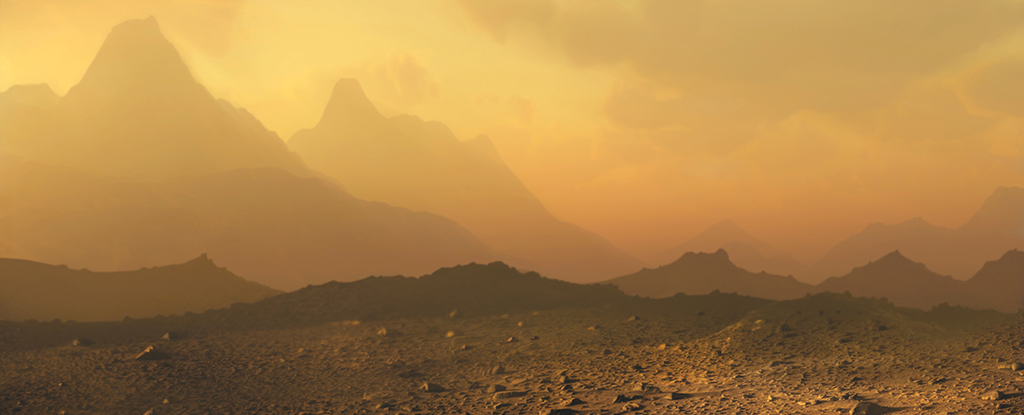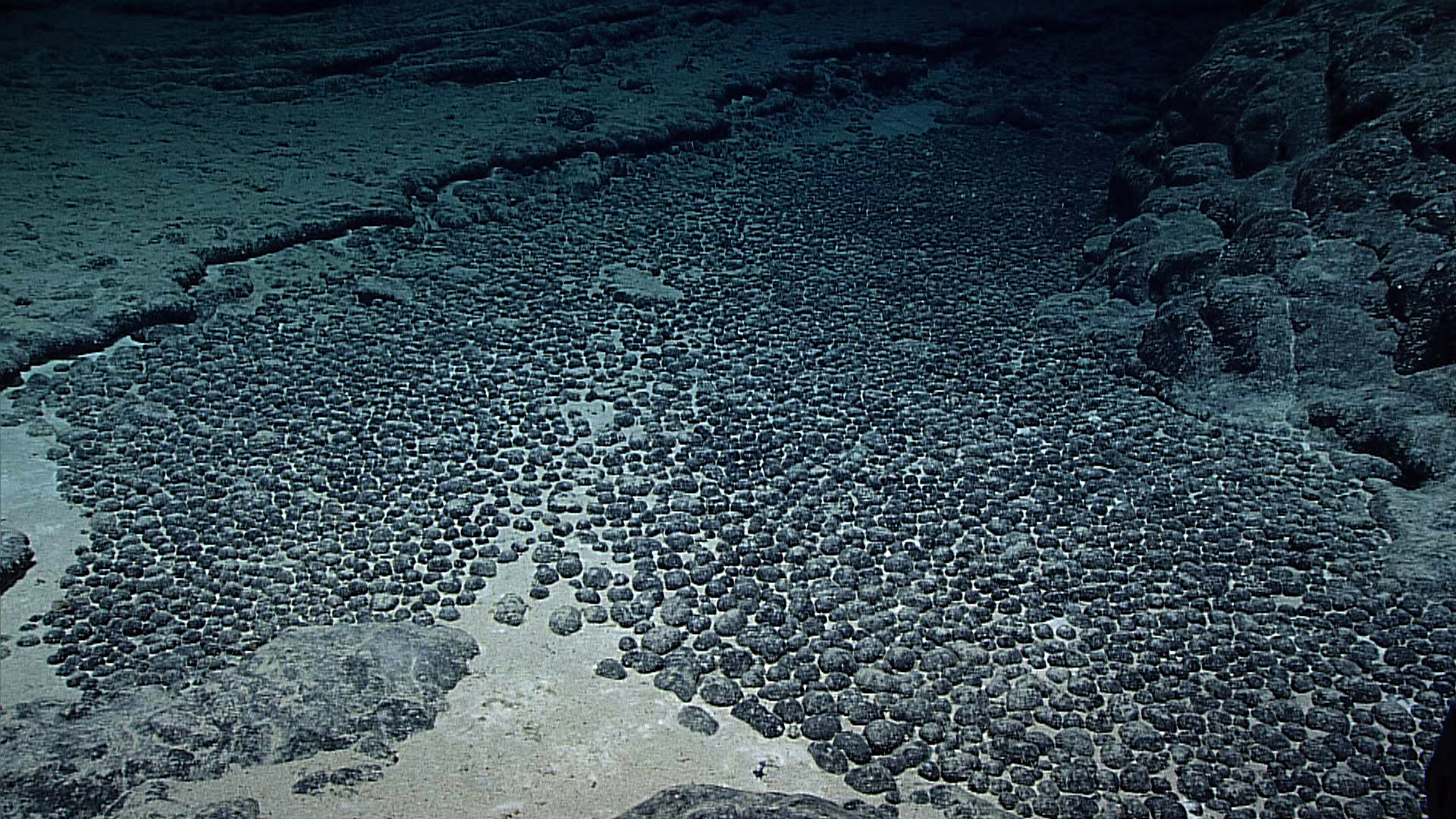
NASA scientists are ramping up efforts to explore Venus, the second planet from the Sun, which is often referred to as Earth’s ‘evil twin’ due to its harsh conditions. The upcoming mission aims to delve into the planet’s dense, toxic atmosphere and surface temperatures hot enough to melt lead, providing new insights into why Venus evolved so differently from Earth.
Venus is considered one of the most inhospitable places in the solar system. With surface temperatures exceeding 450°C (860°F) and atmospheric pressure more than 90 times that of Earth, it presents both scientific intrigue and significant technical challenges. Despite these extremes, Venus is of great interest to planetary scientists as it may have once harbored conditions suitable for life.
Several missions are planned, including NASA’s VERITAS (Venus Emissivity, Radio Science, InSAR, Topography, And Spectroscopy) and DAVINCI+ (Deep Atmosphere Venus Investigation of Noble gases, Chemistry, and Imaging), which aim to map the planet’s surface and analyze its atmosphere. These missions are expected to launch later this decade, marking the first U.S.-led missions to Venus in over 30 years.
The renewed interest in Venus comes after recent discoveries of potential volcanic activity and controversial evidence suggesting the possible presence of phosphine in its atmosphere—a gas that, on Earth, is associated with biological processes. Such findings have strengthened the case for exploring Venus with new tools and technologies.
Scientists hope that a deeper understanding of Venus’ climate history and volcanic features will shed light on the evolution of rocky planets, including Earth. By studying what went wrong on Venus, researchers believe they can better predict and mitigate future climate risks on our own planet.
NASA’s planned Venus missions are part of a broader international effort, with the European Space Agency and other agencies also preparing complementary missions. Together, these endeavors could mark a new golden age of Venus exploration, finally unlocking the secrets of our enigmatic planetary neighbor.
Source: https:// – Courtesy of the original publisher.





